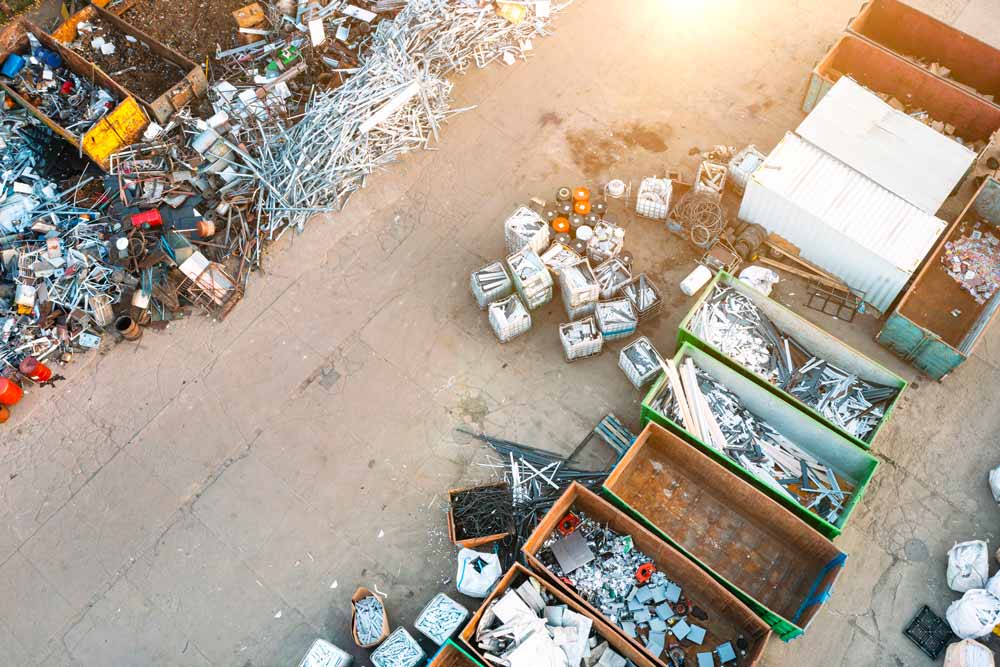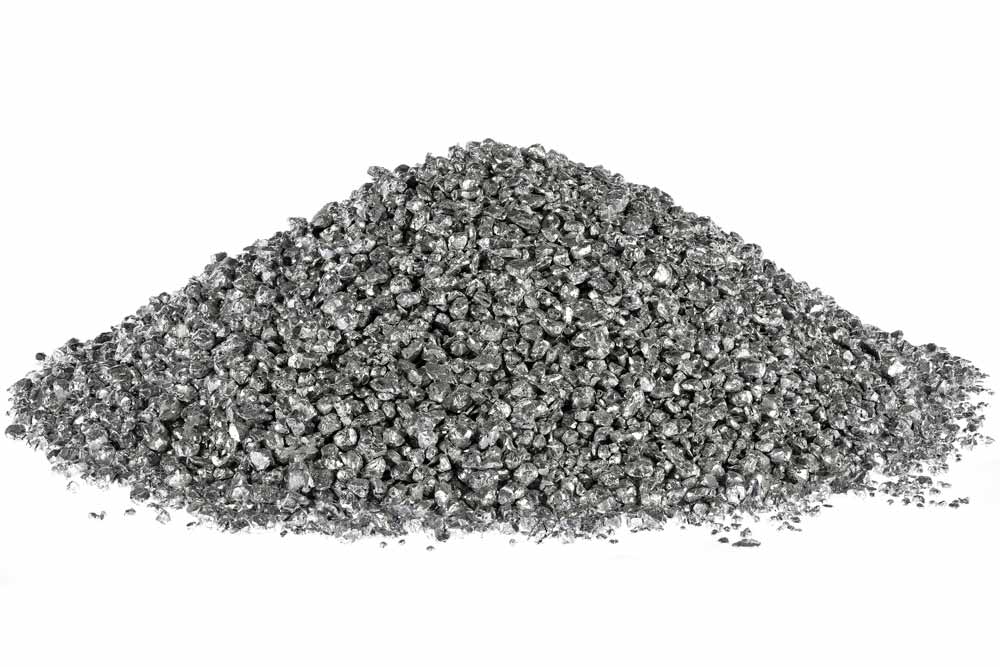The global market for recycling aluminum is an important component of the metal recycling industry. Aluminum is a widely used material in a variety of industries, including construction, automotive, aerospace, and packaging. Recycled aluminum has many benefits, including energy savings, reduced greenhouse gas emissions, and conservation of natural resources.
Aluminum Scrap Recycling Market overview
The global market for recycled aluminum is expected to continue growing, driven by increasing demand for sustainable and environmentally responsible products. The aluminum recycling market is projected to reach $79.2 billion by 2026, with the Asia-Pacific region being the largest market for recycled aluminum.
Aluminum Recycling Rates
The recycling rate for aluminum varies widely across the globe. According to the International Aluminum Institute, the global recycling rate for aluminum was around 39% in 2019. However, recycling rates can vary significantly by region, with some countries achieving much higher rates than others.
The recycling process for aluminum involves melting down the used material and reusing it to produce new products. This process requires significantly less energy than producing aluminum from raw materials, making recycled aluminum a more sustainable and environmentally friendly option.
The global market for recycled aluminum is expected to continue growing, with increasing demand for sustainable and environmentally responsible products. While recycling rates vary by region, the aluminum recycling industry has made significant progress in recent years. Increasing recycling rates and promoting the use of recycled aluminum in various industries will be critical to reducing environmental impact and promoting sustainability. Overall, the aluminum recycling industry plays an important role in conserving natural resources and reducing waste, making it a crucial component of the global recycling industry.
Aluminium scrap recycling process
The first step in the recycling process is the sorting and collection of aluminum scrap, which can come from a variety of sources, including consumer goods, construction materials, and industrial equipment. The scrap is then transported to the recycling plant.
Once the aluminum scrap arrives at the recycling plant, it is sorted and separated by type and quality. This ensures that the aluminum is of a consistent quality and can be used to produce high-quality recycled products.
After being taken to reprocessing plants, the aluminum is cut or shredded into small pieces to reduce its volume.
The aluminum parts are fed into the shredder machine through a hopper, and then they pass through a series of rotating blades or knives. These blades or knives cut the aluminum parts into smaller and smaller pieces until they are small enough to pass through a screen or mesh filter.
The shredded aluminum fragments are then moved along a conveyor belt to a collection bin or hopper. The shredder may also have a series of screens to separate out any unwanted materials, such as plastics or other non-metallic components.
The reduced aluminum scrap is then melted down in a furnace at high temperatures. This process requires significantly less energy than producing aluminum from raw materials, making recycled aluminum a more sustainable and environmentally friendly option.
After melting, the molten aluminum is cast into ingots or billets, which can be used to produce a variety of aluminum products, including sheet metal, automotive parts, and consumer goods.
Before being sold to customers, the recycled aluminum may be subjected to further processing, such as rolling, extrusion, or surface finishing. These processes can help to refine the aluminum’s properties and enhance its quality.
Overall, the aluminum scrap recycling process is an important component of the aluminum industry, helping to conserve natural resources and reduce waste. The use of recycled aluminum also has significant environmental benefits, including reduced energy consumption and lower greenhouse gas emissions.
Comments are closed.


